Do you feel the need for speed? Capturing motion in a still photograph is both challenging and fun. There are several different ways to convey motion and an almost infinite number of variables when it comes to settings.
Take a picture with your camera on program mode and regardless of the motion of the subject, the camera will set a relatively high shutter speed. This is to counter camera shake, particularly if using a telephoto lens. For that reason, creating an image that truly shows motion, demonstrates your ability as a photographer to think outside of the box, to overrule the camera. In this article, we are going to look at a few different types of motion and how we can create great-looking dynamic images from that motion.
The Fast Moving Subject
One of the most common ways of conveying motion in our shots is the fast-moving subject. Typically this might be at a sports event, perhaps a racing car on a track. A novice photographer might set a high shutter speed and shoot the car as it comes into frame, literally freezing the motion.
However, if you really want to convey a sense of speed, you need to pan and follow that car, tracking it with your camera and shooting at a slower than usual shutter speed. In such a shot, the background will have an element of motion blur, as will the wheels on the car, but the main body of the car will remain sharp.
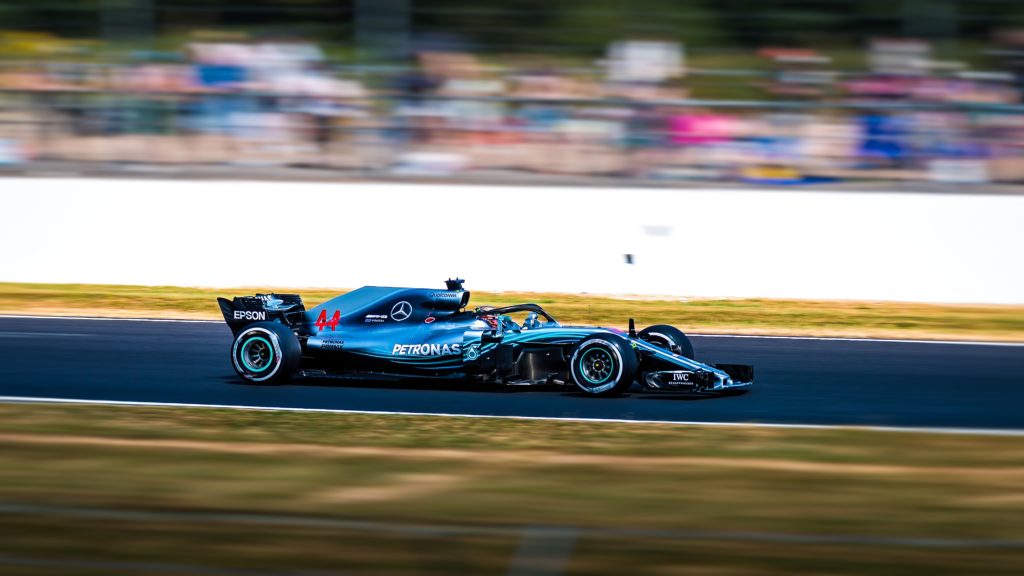
What is the magic shutter speed to achieve this? Without trying to dampen your enthusiasm, there isn’t one. It very much depends not only on the speed of the subject but also on its direction. If the subject is going perpendicular to you, you will still need a relatively high shutter speed to convey motion. However, if that subject is coming towards you at an angle, the shutter speed will be lower.
The only way to nail the shutter speed is through experimentation. Choose the spot you wish to shoot from and pan with the subject, using different shutter speeds. A racing car might give good motion at 1/125th of a second, a cyclist might only need 1/60th.
You will need to make your panning technique nice and smooth. Hold the camera as you might for a normal shot, firm but relaxed, with elbows tucked in. Then use your upper body to follow the subject in a smooth movement. With a little practice, you will soon nail fast motion shots.
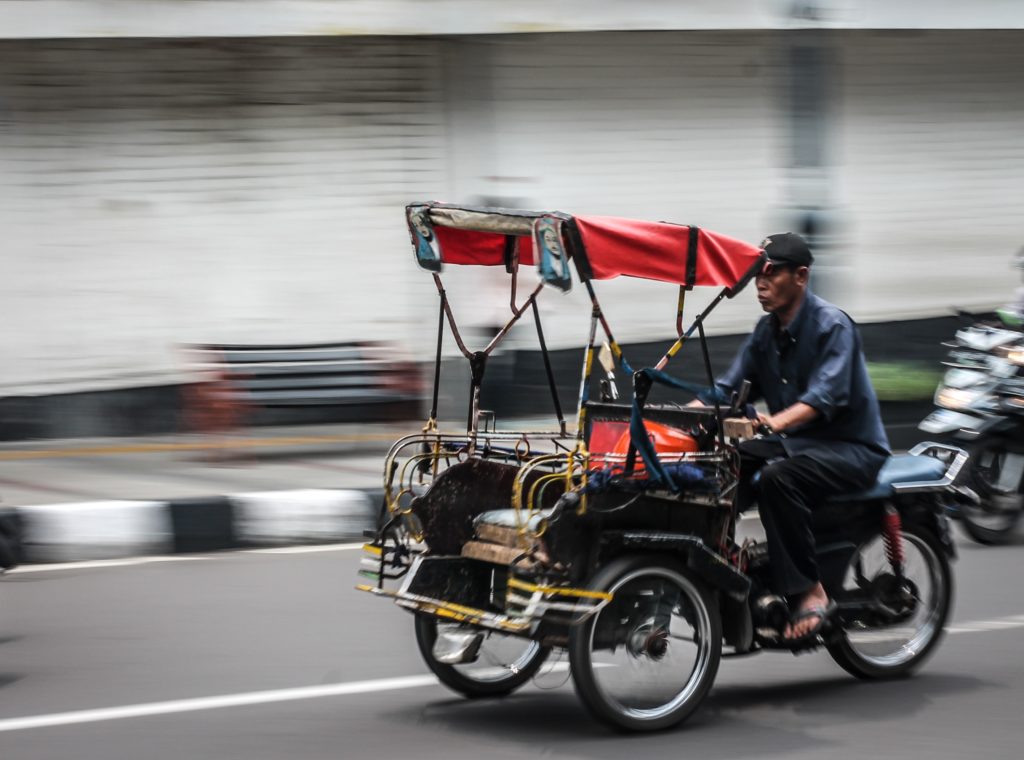
Capturing Light Trails
Another classic way of capturing motion in your images is through shooting light trails. You have seen those amazing city shots of rush hour traffic on a busy highway. You might think that they are tricky to shoot, but in reality, they are not too difficult at all. The one extra item you will definitely need is a good sturdy tripod.
The first challenge is to find a good location. You need somewhere where you have a lot of traffic, and that traffic is not going to back up, for example at traffic signals. A lot of the classic shots are taken from bridges over busy roads and this makes for a very good option. Having an interesting background also enhances the shot.
Next is the time of day. Whist nighttime shots can work, the evening blue hour is often the best time. This is very often rush hour, the city and car lights are on and the twilight blue of the sky still has some definition in it.
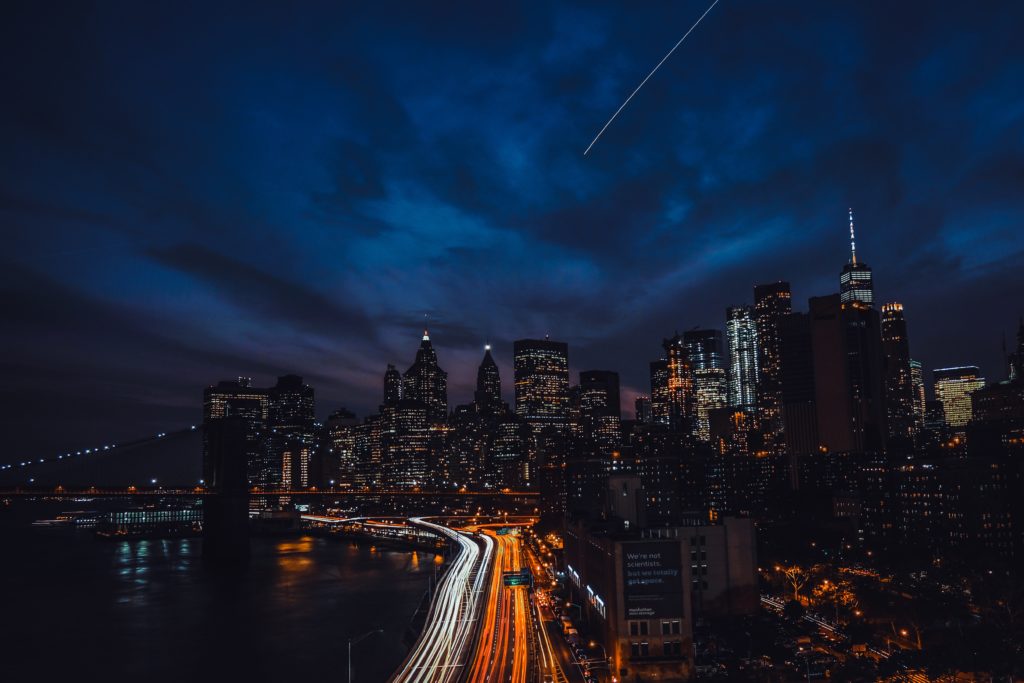
Like with fast-moving subjects, light trails require some experimentation for exposure. Don’t set too small an aperture, somewhere around f/4.0 is probably best. Use the lowest ISO setting to eliminate noise. Your shutter speed can be anywhere between 1 second up to 30 seconds, depending on the light levels and amount of traffic. Again experimentation is key.
You can also use a series of shorter exposures 1-2 seconds and then stack them into one image in Photoshop. That’s an excellent way of increasing the number of light trails when the traffic is relatively quiet.
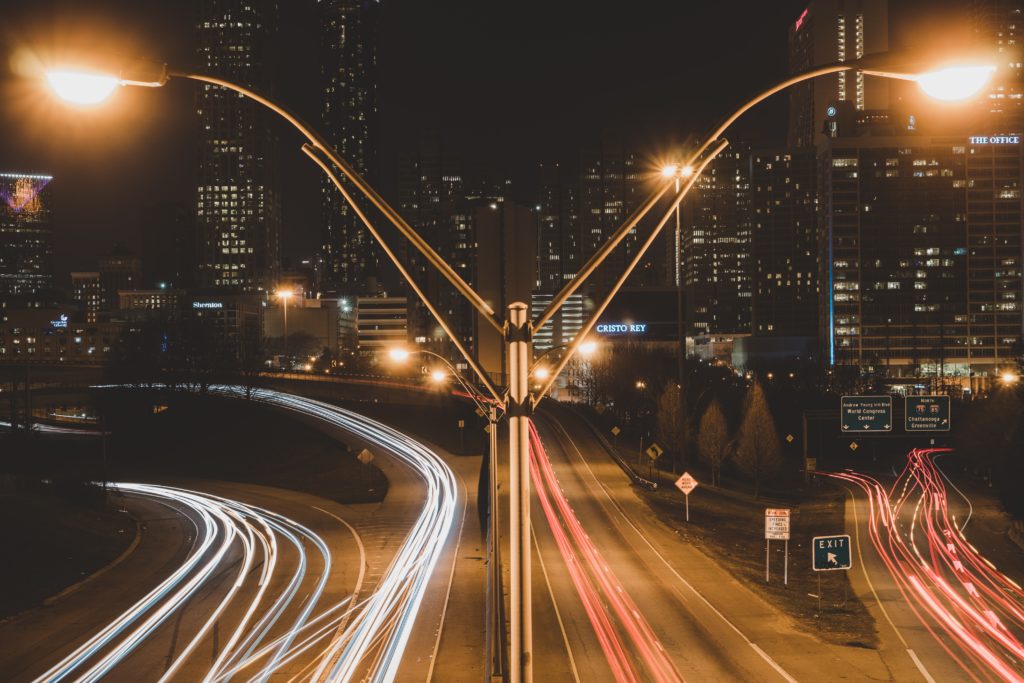
Ultra Slow Shutter Speeds
Perhaps the most evocative and visually striking way to convey motion in a still image is to use an ultra-slow shutter speed. In these cases, you don’t need a fast-moving subject such as a car. In fact, often your primary subject is stationary and the motion is from the nature surrounding it.
Typically this might be a coastal landscape, where you have the solid rocks and cliffs of the coastline, juxtaposed with the motion of the sea and sky. It can also be a static, impressive building, with clouds moving behind it.
Again for these types of shots, you are going to need a sturdy tripod. However, the other thing you will almost certainly need is neutral density filters. Your exposures can range from a few seconds if capturing fast-moving water, to several minutes if capturing the motion in clouds. For this reason, ND filters are generally required. In bright daylight, you may even have to stack ND filters. I have shot +16 stops on a bright day with very slow-moving clouds.
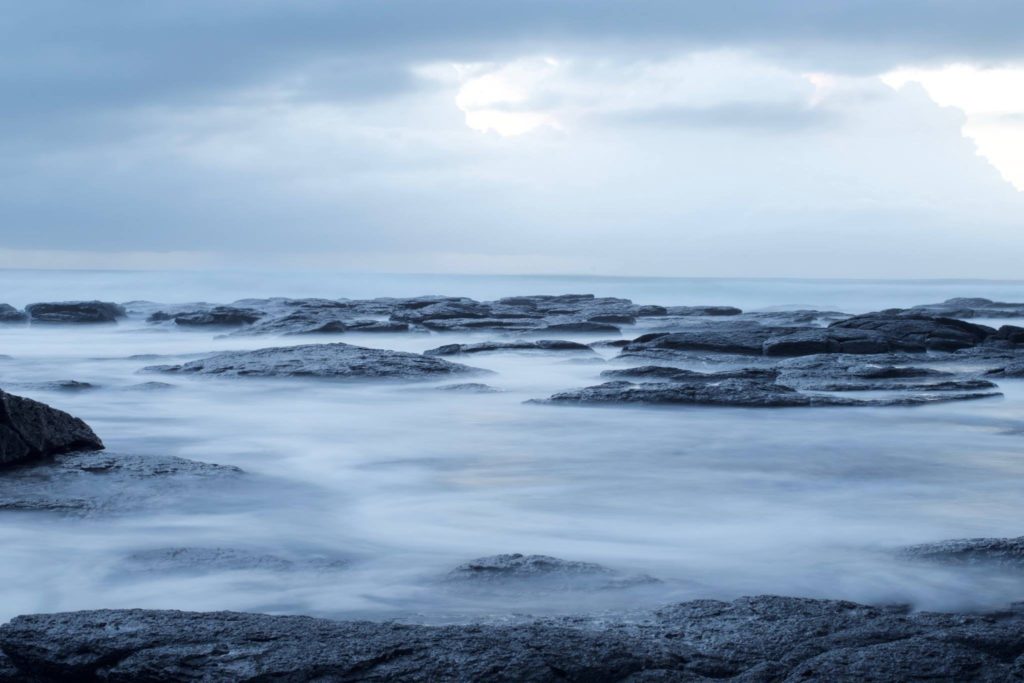
While you can shoot ultra slow shots at any time of the day, golden and blue hours are best. Be aware that if you are shooting in the golden hour, avoid having the sun in the shot, the slow shutter speeds will turn it into an oval blur, ruining the picture. During the blue hour, you will need less ND filtration in order to capture the longer exposures.
You might also find that your camera does not easily get to down shutter speeds in the minutes. For this look for a shutter speed setting called B (Bulb) and use a remote release. This will allow you to open and close the shutter to your own timing. A good remote release may well allow you to automatically set very long shutter speeds.
If you are looking for movement with less long shutter speeds, subjects such as flowers and leaves moving in the wind can make great shots. If your camera has stabilization, you may even be able to capture them handheld with shutter speeds of around 1/15th or 1/8th of a second.
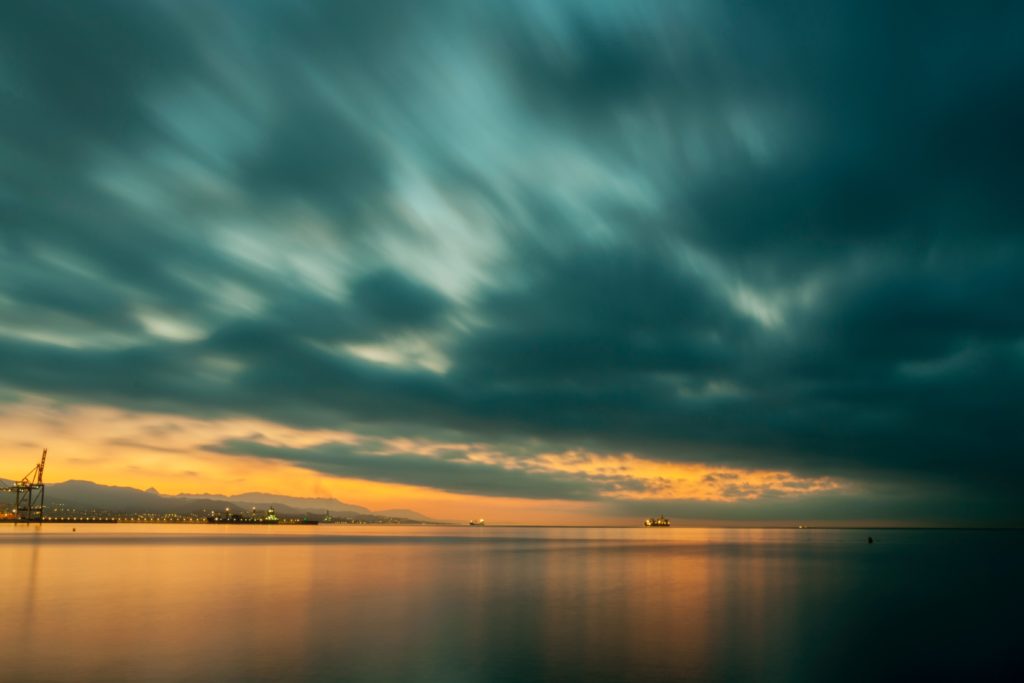
Capturing motion is a great way to add a dynamic, action feel to your images. The movement within an image adds an extra dimension, it brings the viewer into the shot, making them feel a part of it.
There are many ways to capture motion in a shot, the ones listed above are just a few. Shutter Priority or Manual should be your preferred exposure modes, they will allow you to set the shutter speed yourself. Capturing motion is not difficult but it does require some experimentation.
When you are next out on a shoot, look for a subject that has motion, and crank that shutter speed down. I am sure you will be impressed with the results.




